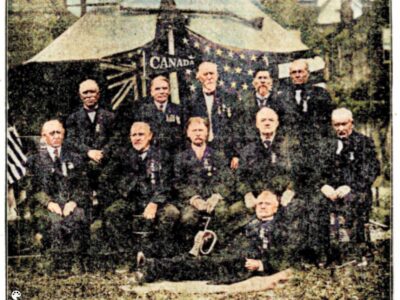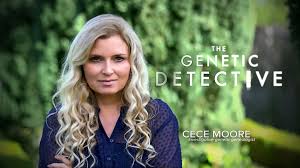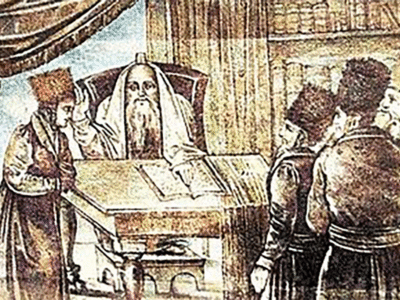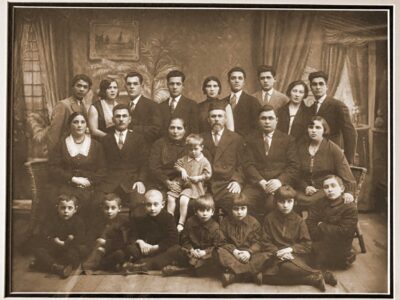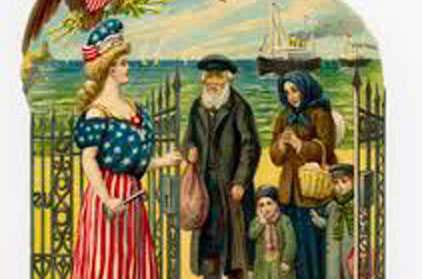 Allan Levine, the hybrid Winnipeg novelist, historian and school teacher, says he is putting his Jewish detective hero Sam Klein on the shelf for a while, even though his trio of Sam Klein mystery novels “has done well in Canada and in Germany, where I did a five-city book tour last fall.”
Allan Levine, the hybrid Winnipeg novelist, historian and school teacher, says he is putting his Jewish detective hero Sam Klein on the shelf for a while, even though his trio of Sam Klein mystery novels “has done well in Canada and in Germany, where I did a five-city book tour last fall.”
The Sam Klein books — The Blood Libel (1997), Sins of the Suffragette (2000) and The Bolshevik’s Revenge (2002)– were set in Winnipeg’s rough-and-tumble North End of nearly a century ago. Contacted by telephone recently at his home in Winnipeg, Levine said he was reaching back to a slightly earlier historical period for his next project, a new mystery book with a whole new set of characters.
“Sam Klein may live again, but not at the moment,” he said, adding that he has chosen to set his new mystery series in the 1870s.
Klein has charted an interesting career path since earning a PhD in history from the University of Toronto in the ‘80s. A teacher at St. John’s Ravenscourt, an independent high school in Winnipeg for the past 21 years, he has established a prolific writing rhythm in recent years, seeming to knock off fiction and nonfiction titles intermittently. He is the prolific author of three mystery novels and five nonfiction works.
Like the mystery novels, some of his nonfiction works deal with Jewish themes. Fugitives of the Forest (1998) is a study of Jewish partisan resistance during the Second World War, and Scattered Among the People (2002) is an examination of the Jewish Diaspora in ten portraits.
His latest book, The Devil in Babylon, appeared earlier this year (2005) under the imprimatur of McClelland and Stewart, and is a wide-ranging examination of what Levine calls “fear of progress and the birth of modern life.”
Focused on the period between about 1890 and 1930, it looks at the key social issues of the period: immigration, liquor, eugenics, women’s rights, and the conflict between science and religion. In each sphere of debate, Levine highlights the moral tug-of-war taking place between social liberals and conservatives.
The period also saw the rise of the automobile, radio, Hollywood, jazz and other beacons of technological progress. Many feared that movies would cause the demise of society while others condemned each new dance craze. Suffragists for women’s rights, who were sometimes male as well as female, were also feared as harbingers of social decay.
To social conservatives, these modern social innovations would transform society into an evil and immoral “modern Babylon,” whereas social reformers thought the changes would usher in an idealistic “new Jerusalem,” Levine observes.
The Devil in Babylon profiles many of the personalities that marked the era, including anarchist Emma Goldman, actress Mae West, prohibitionist-creationist William Jennings Bryan, reformer J.S. Woodsworth, gangster Al Capone, suffragist Nelllie McLung and pacifist Jane Addams.
Levine devotes a chapter to the so-called science of eugenics, which, although widely dismissed today, influenced many Americans and Canadians in the early 20th century. “Eugenics, the notion of creating a better human being, was perceived as another form of progress,” he said.
“It’s hard to believe how popular it was. We look back on it as a frightening concept, but many ordinary middle-class Americans thought that the idea of sterilizing certain groups of people would benefit society and that it would be a step forward. It was really the Nazis who took it to the extreme in the Second World War.” ♦
© 2005 by Bill Gladstone

